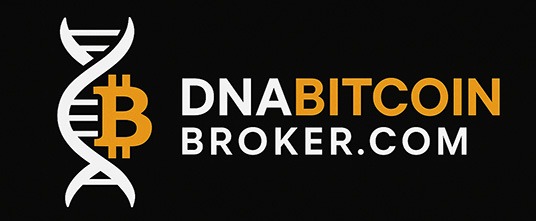From Rai Stones to Bitcoin: The Evolution of Money and Trust
“Every era redefines money. Blockchain made it borderless, transparent, and programmable.” – DNA Crypto Knowledge Base.
From giant limestone discs on the island of Yap to cryptographic digital coins traded globally, the story of money is really the story of trust.
Every innovation in finance — from metal coins to banknotes to Bitcoin — reflects society’s ongoing search for reliability, transparency, and control.
Learn more: History of Digital Money
From Stones to Systems: The Birth of Value
The Rai stones of Yap, carved from limestone and too heavy to move, served as one of the earliest known monetary systems.
Ownership wasn’t about possession — it was about social consensus. Everyone in the community knew who owned which stone, even if it never left its place.
Sound familiar?
That’s because Bitcoin works similarly — a shared ledger tracks ownership without requiring physical transfer.
Explore: Blockchain and the Evolution of Trust
The Rise of Paper, Banks, and Centralisation
Over time, money evolved for scale.
-
– Gold coins gave way to banknotes — promises printed by institutions.
-
– Central banks emerged to standardise value, regulate money supply, and manage credit systems.
But this centralisation introduced a new issue: control and inflation.
Governments could print more money, altering value and eroding purchasing power.
By the early 21st century, faith in financial systems was strained — setting the stage for Bitcoin.
Read: What is Bitcoin and Why It Matters
Bitcoin: Digital Scarcity and Decentralised Trust
In 2009, Satoshi Nakamoto introduced Bitcoin — a system of money without intermediaries.
Like the Rai stones, Bitcoin’s ownership is public and immutable. But unlike them, it’s also borderless, divisible, and cryptographically secure.
Bitcoin solved what no government could: Trust through mathematics
Scarcity through code
Security through decentralisation
Today, over $1 trillion in value is secured on the Bitcoin network, representing a shift from institutional trust to algorithmic trust.
See: Institutional Bitcoin Adoption
From Bitcoin to the Blockchain Economy
Bitcoin was just the beginning.
Its success gave rise to blockchain technology — now used to build decentralised finance (DeFi), smart contracts, and tokenised real-world assets (RWAs).
DNA Crypto believes this is the natural evolution of money:
-
Physical → Digital → Decentralised → Programmable
It’s not just about storing value anymore. It’s about enabling autonomous, transparent, and borderless systems of exchange.
Explore: RWA Tokenisation Trends
The Bottom Line
From Rai stones to Bitcoin, money has always been a reflection of what we trust.
What began as community consensus has evolved into cryptographic consensus.
Blockchain isn’t the end of money’s story — it’s the next chapter in humanity’s search for secure value exchange.
DNA Crypto continues to help clients navigate this transformation — connecting trust, innovation, and digital infrastructure for the future of finance.
Image Source: Adobe Stock
Disclaimer: This article is for informational purposes only and does not constitute legal, tax, or investment advice.


